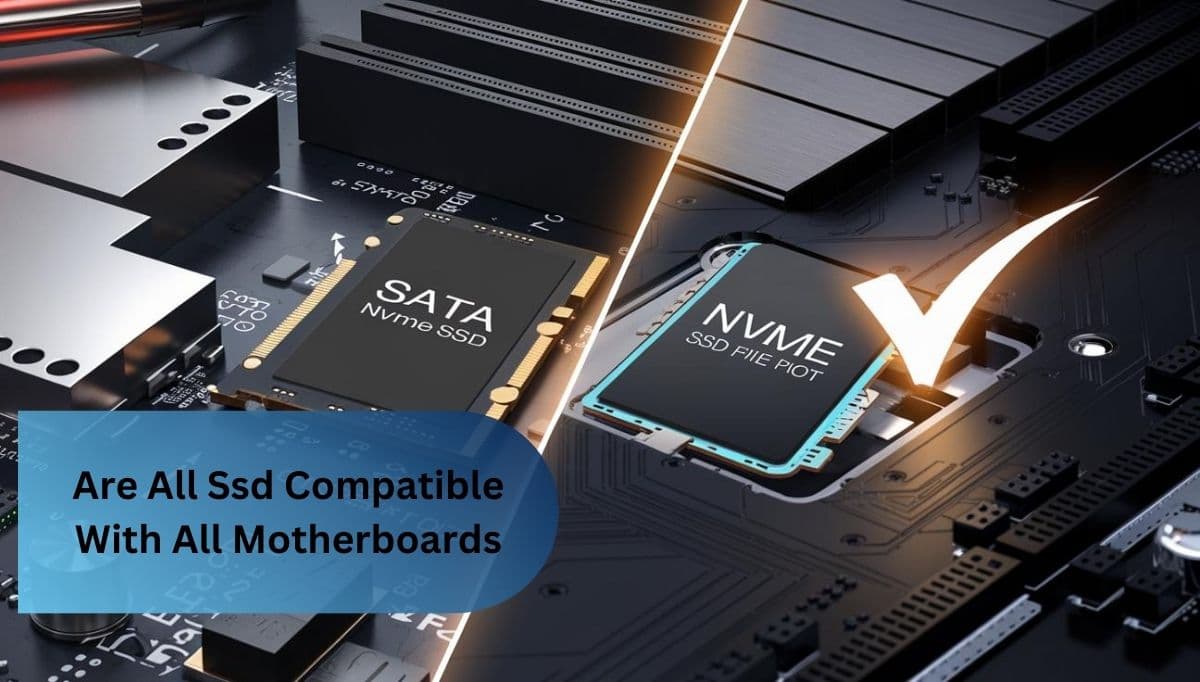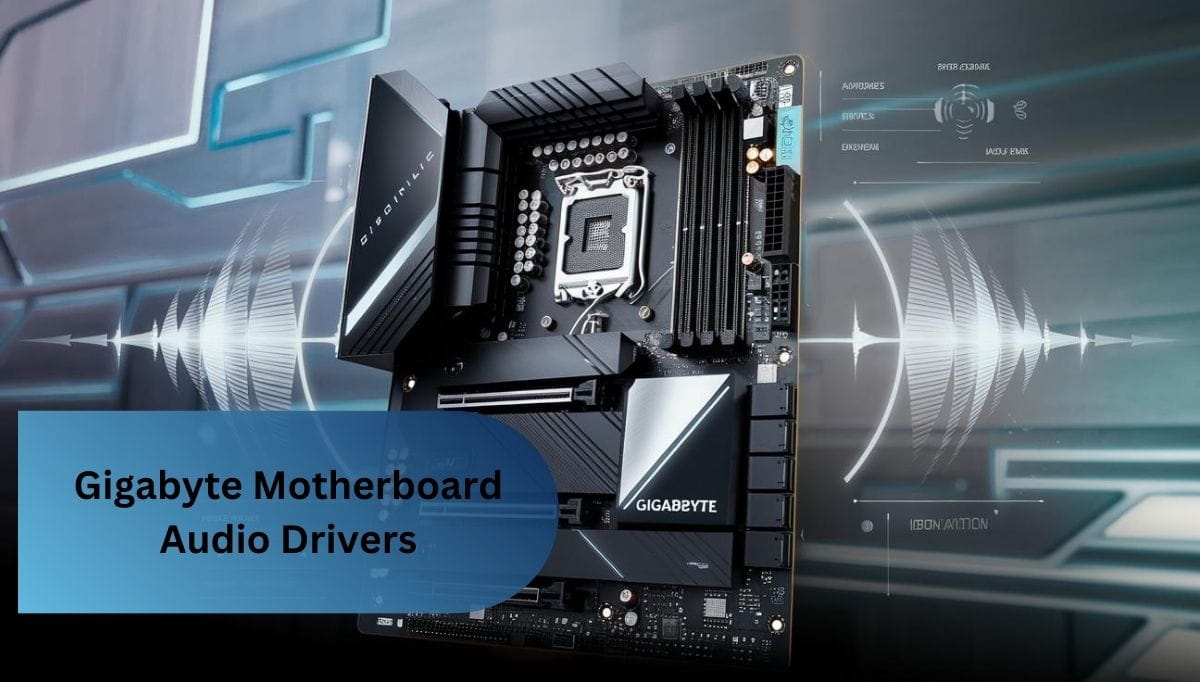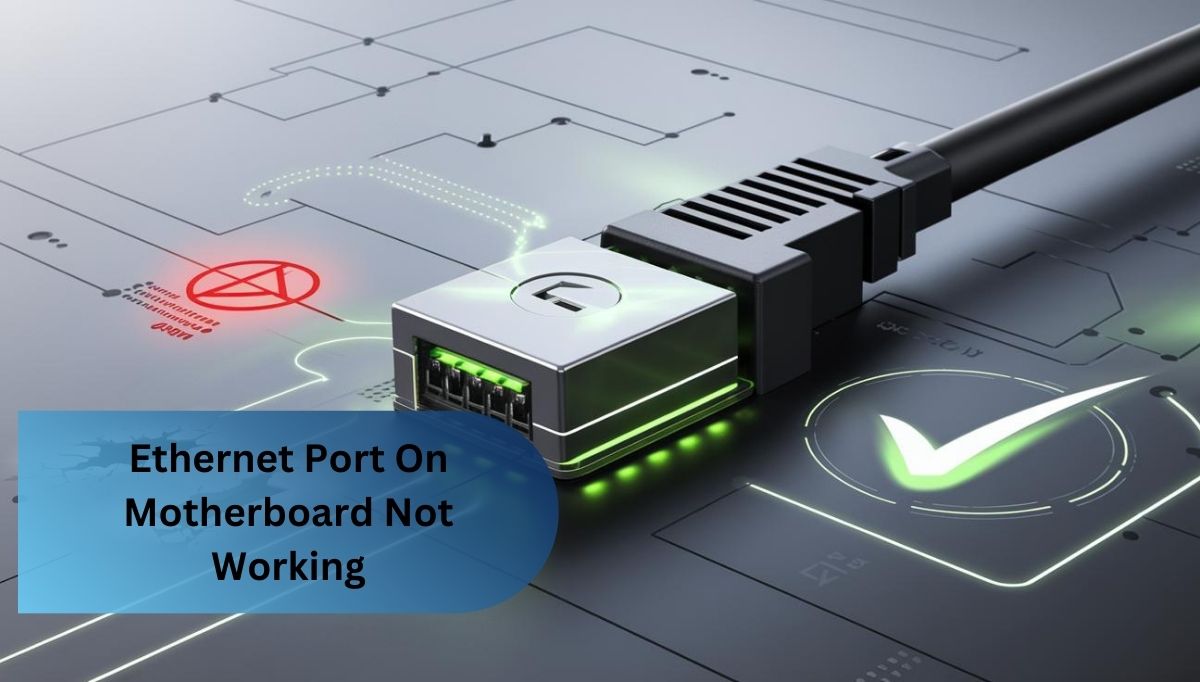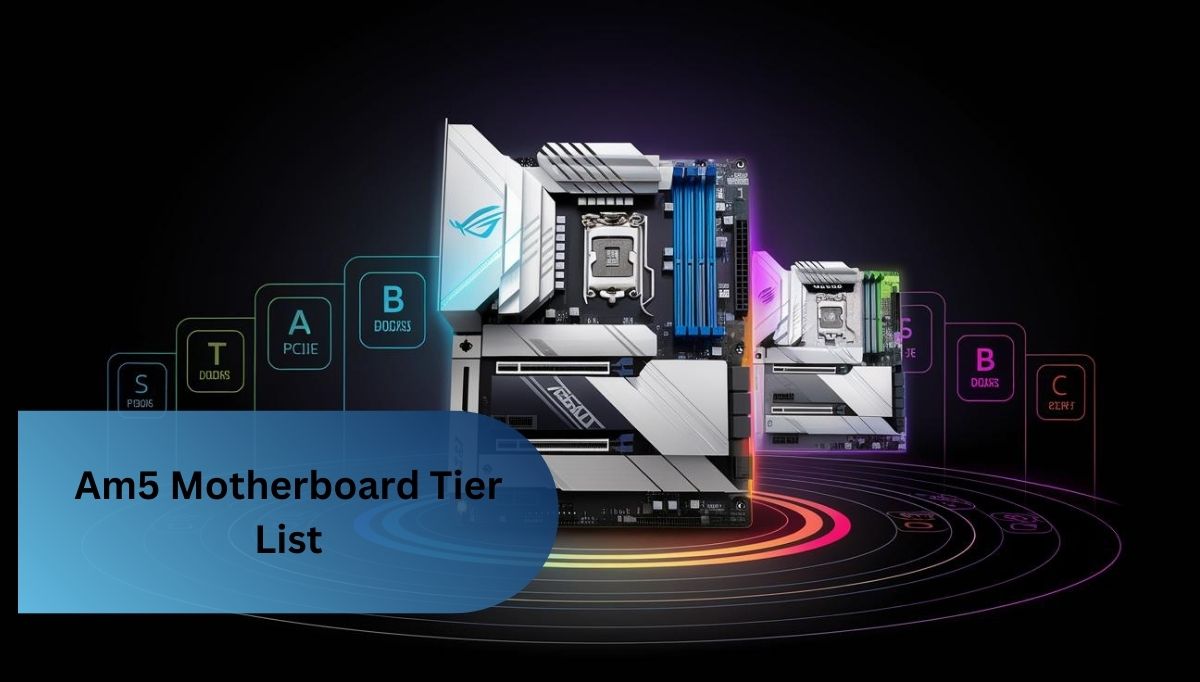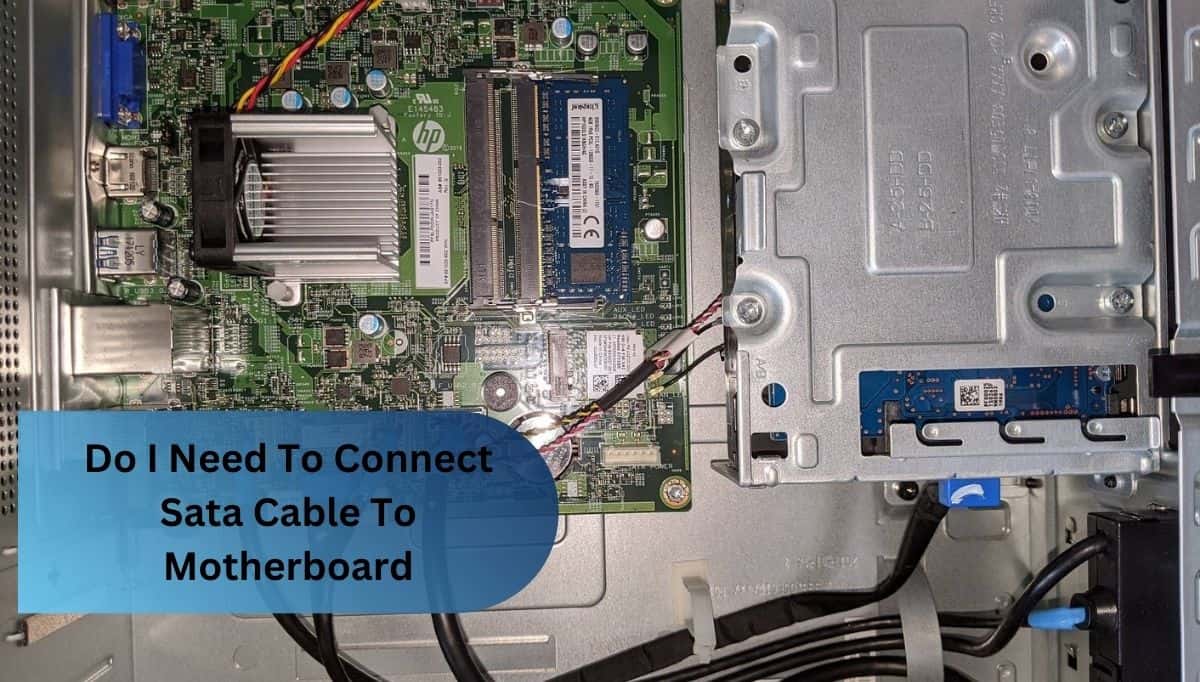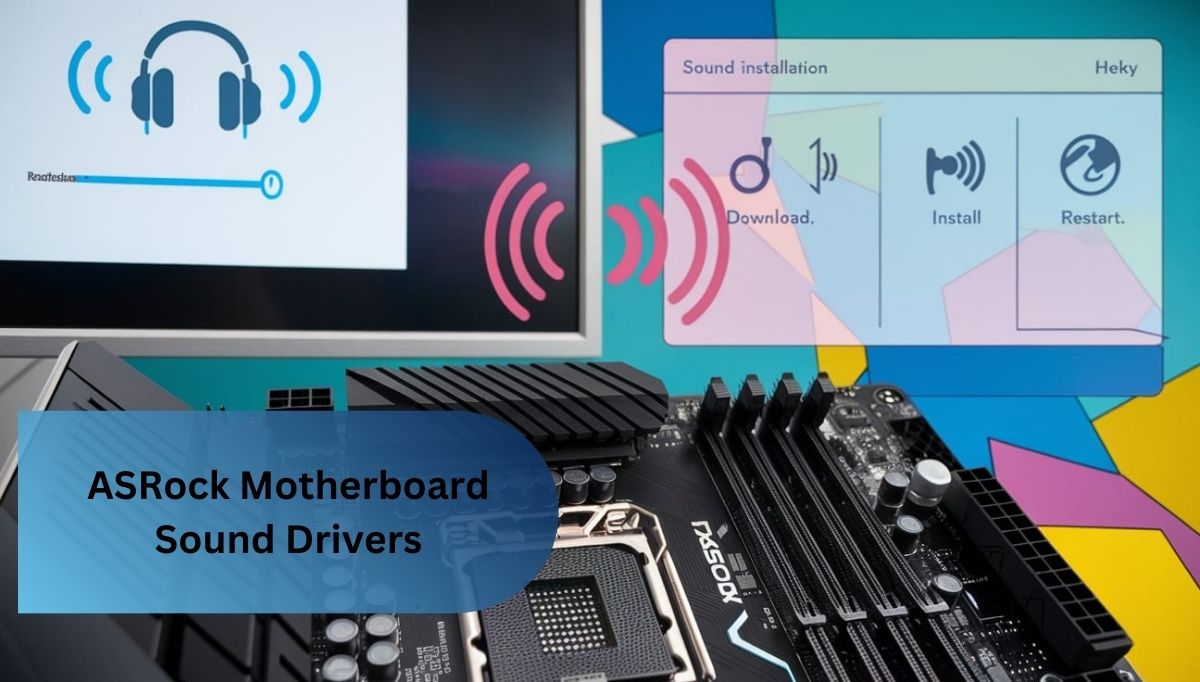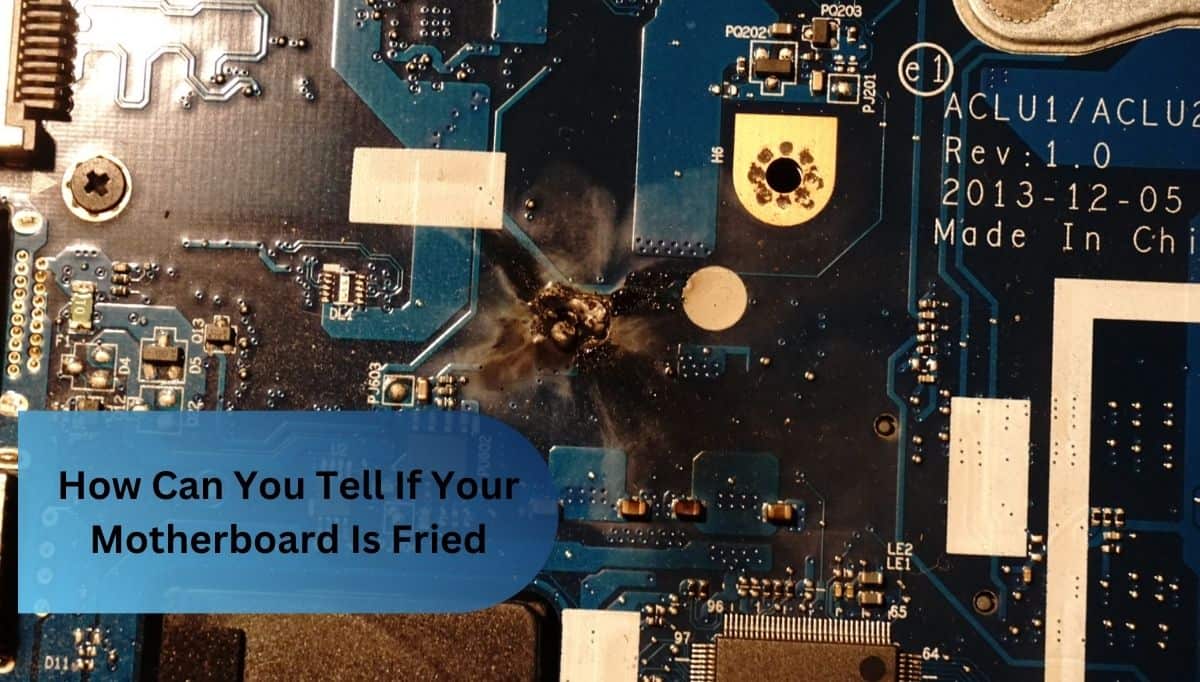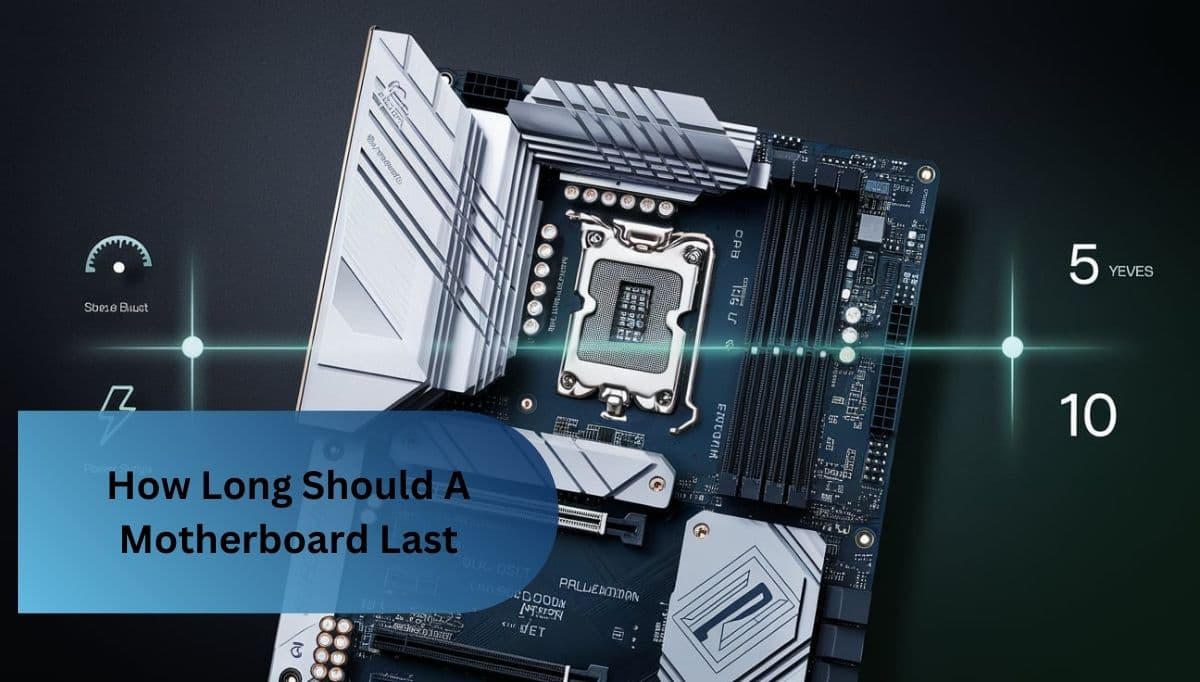When my computer wouldn’t turn on, I realized the motherboard wasn’t getting power. I first checked all the connections, making sure everything was tightly plugged in. After that, I tested the power supply, and it turned out to be faulty, which I replaced, and my computer worked perfectly again!
If your motherboard is not getting power, start by checking all the connections to ensure they’re secure. Next, test the power supply to confirm it’s working properly. Finally, look for any signs of damage that might be affecting the motherboard’s functionality.
How Do I Fix My Motherboard Not Getting Power?
If your motherboard is not getting power, start by checking all the connections to ensure everything is securely plugged in. A loose connection could be why your motherboard is not getting power. Next, inspect the power supply unit (PSU) to see if it’s functioning properly, as a faulty PSU can prevent the motherboard from getting power.
If the motherboard is not getting power, consider removing unnecessary components like extra RAM or graphics cards to isolate the issue. Look for any visible damage on the motherboard, as this could indicate it needs replacement if it is not getting power.
You can also reset the CMOS by removing the battery for a few minutes, which might help if the motherboard is not getting power. Testing the motherboard outside of the case can rule out short circuits that may cause the motherboard not to get power. Lastly, listen for any beep codes when trying to power it on, as these codes can help diagnose the issue if the motherboard is not getting power.
How To Check If Motherboard Is Getting Power?
1. Inspect Power Supply Connections:
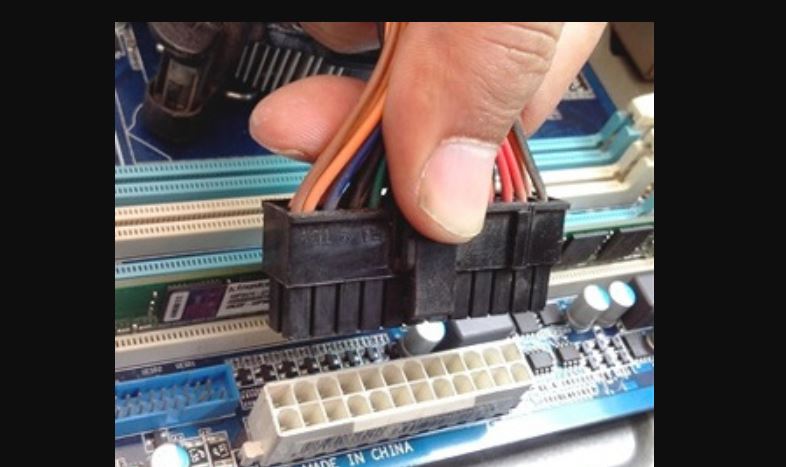
To check if your motherboard is getting power, start by inspecting the power supply connections. Ensure that the main power connector and any additional connectors are firmly attached to the motherboard. If these connections are loose or not fully plugged in, the motherboard will not receive power.
2. Look for LED Indicators:
- Check for LED lights on the motherboard when you power on your computer.
- If the power is on, you should see at least one LED light lit up.
- A green light usually means the motherboard is getting power.
- If no lights are visible, it indicates that the motherboard is not getting power.
- Consult your motherboard manual to understand what each LED light means for your specific model.
3. Listen for Fan Activity:
To check if your motherboard is getting power, listen for fan activity when you turn on your computer. When the computer powers up, the fans should start spinning. If you hear no movement or whirring sounds from the fans, this may mean the motherboard is not receiving power. Functional fans typically indicate that the motherboard is working, so a lack of sound can signal a power issue.
What Is The Main Cause Of Motherboard Failure?
he main cause of motherboard failure often stems from several factors that can affect its performance and longevity. These issues can lead to malfunction or complete failure of the motherboard, making it crucial to understand the risks.
1. Common Causes of Motherboard Failure:
- Power Surges: Sudden spikes in electricity can damage the motherboard’s components, leading to failure.
- Overheating: Excessive heat can warp the motherboard and damage sensitive parts, especially if cooling systems are inadequate.
- Physical Damage: Dropping or mishandling the motherboard can cause cracks or breaks that affect its functionality.
- Dust Accumulation: Dust can block vents and fans, causing overheating and potential failure of the motherboard.
- Aging Components: Over time, the materials and connections on the motherboard can degrade, leading to failure as it ages.
How to Check Power Supply Without Motherboard
1. Use a Power Supply Tester:

To check your power supply, using a power supply tester is a simple and effective method. First, connect the tester to the various power supply connectors, ensuring each one fits securely. Once connected, turn on the power supply, and the tester will show whether the power supply is functioning properly with clear indicators.
2. Perform the Paperclip Test:
- Gather a paperclip and straighten it into a U shape for the test.
- Find the 24-pin connector on the power supply, which is the main cable that connects to the motherboard for power.
- Take the paperclip and carefully insert one end into the pin connected to the green wire in the 24-pin connector.
- Insert the other end into any black wire pin on the connector.
- Turn on the power supply, and the fan should spin if it is working.
3. Measure Voltage with a Multimeter:
To measure voltage with a multimeter, begin by setting the device to the DC voltage option for an accurate reading. Next, secure the black probe to a ground wire, usually black, and place the red probe on a colored wire, like red for +5V or yellow for +12V. Once the power supply is activated, the multimeter will reveal the voltage level, guiding you in assessing whether the output is functioning as it should.
Can Dead Psu Damage Motherboard?
Yes, a dead power supply unit (PSU) can potentially damage a motherboard. When a PSU fails, it may deliver inconsistent power or even send surges of electricity. This erratic power flow can harm sensitive components on the motherboard, leading to permanent damage or malfunction.
1. How a Dead PSU Can Damage a Motherboard:
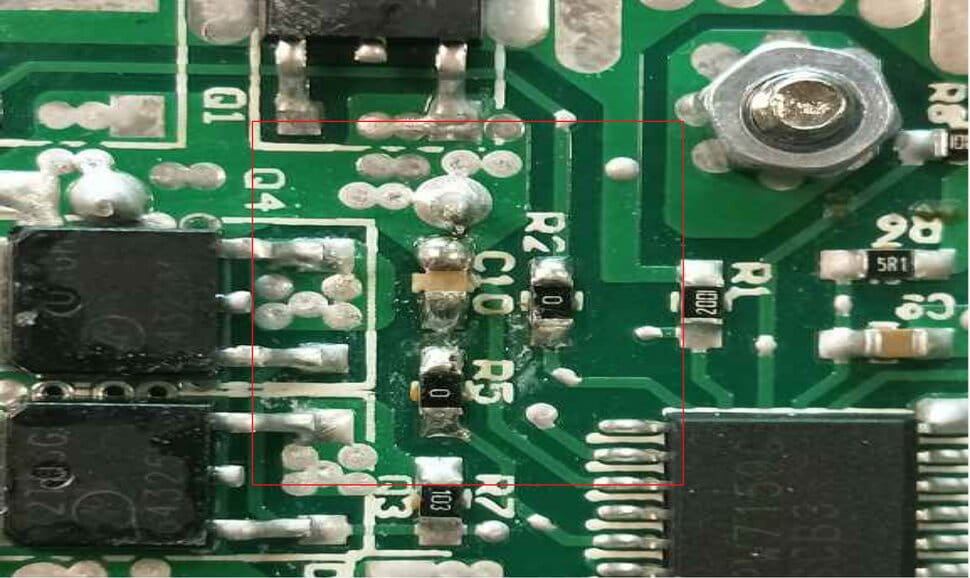
- Power Surges: A dead PSU might produce sudden spikes in voltage, which can fry the motherboard’s components.
- Inconsistent power can cause the motherboard to behave erratically, resulting in crashes and unexpected errors during use.
- Short Circuits: If the PSU fails, it can create short circuits that can permanently damage the motherboard.
- Overheating: A faulty PSU may not manage heat properly, causing the motherboard to overheat and suffer damage.
- Component Failure: The stress from a malfunctioning PSU can lead to the failure of critical components like capacitors on the motherboard.
FAQ’s
1. How do I test my motherboard power?
To test your motherboard power, you can use a power supply tester or perform the paperclip test. Both methods help determine if the motherboard is receiving the necessary power by checking the connections and power supply output.
2. Can a motherboard suddenly stop working?
Yes, a motherboard can suddenly stop working due to various reasons such as power surges, overheating, or physical damage. These issues can cause the motherboard to fail unexpectedly, leading to a complete loss of functionality.
3. How do I reset my motherboard battery?
To reset your motherboard battery, begin by turning off your computer and unplugging it from the wall. After that, find the battery on the motherboard and gently take it out. Wait for a few minutes before placing the battery back in to refresh the BIOS settings and clear any saved data.
4. Will motherboard turn on without battery?
Yes, a motherboard can turn on without a battery, but it may not retain any BIOS settings. Without the battery, the motherboard will lose configurations each time the power is disconnected, which can affect system performance.
5. How do I know if my motherboard is fried?
To determine if your motherboard is fried, look for signs like a complete lack of power, failure to boot, or unusual error messages. Physical damage, such as burned components or swollen capacitors, can also indicate that the motherboard has failed beyond repair.
Conclusion:
If your motherboard isn’t receiving power, it’s important to examine all the connections, the power supply, and look for any visible damage. By investigating these aspects, you can pinpoint the issue more effectively.
Taking care of these problems quickly can stop any further harm and help your computer operate properly.











